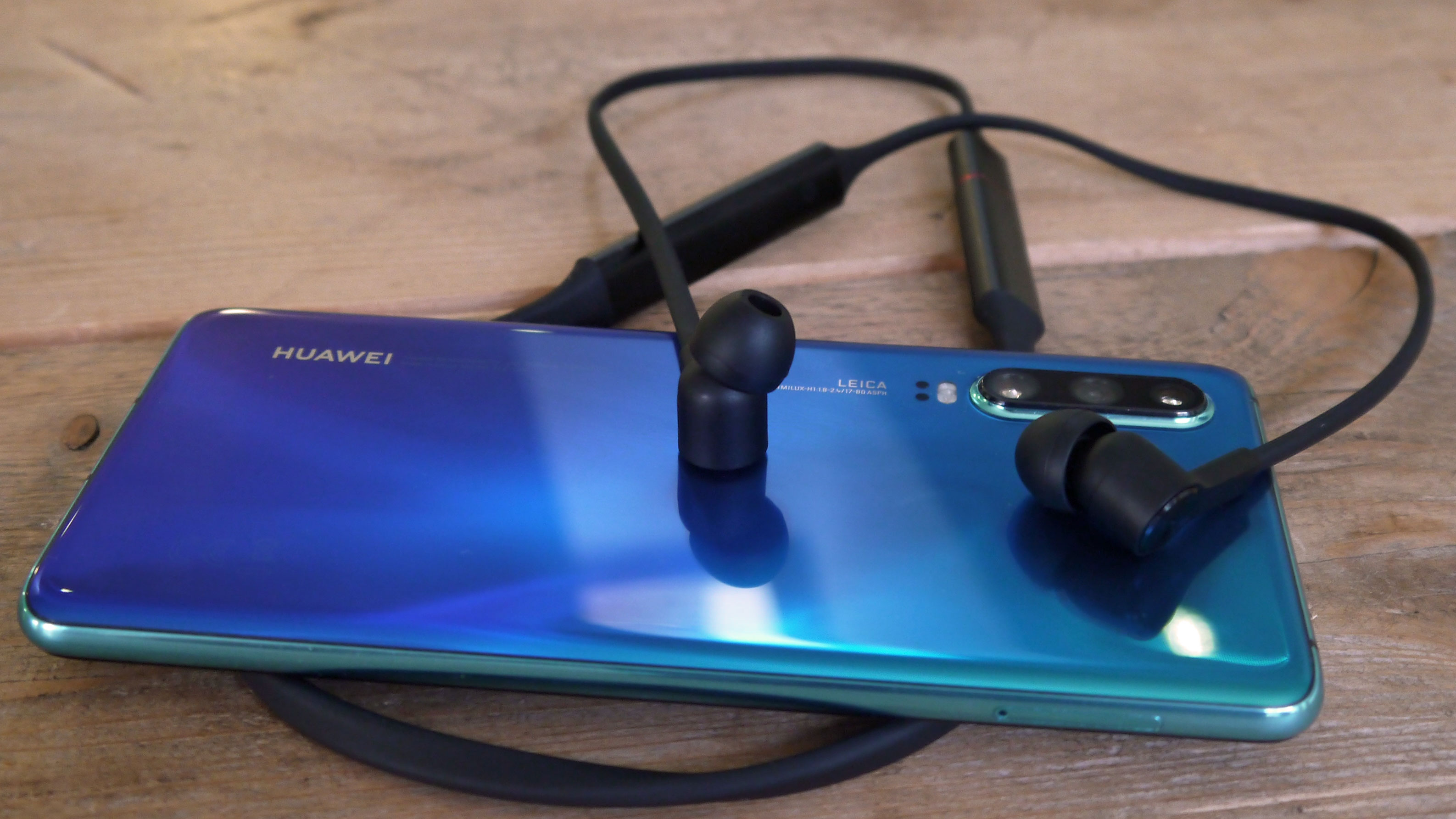Early Verdict
There are a few unintuitive aspects to the FreeLace, but they’ve got impressive sound quality and a low price compared to other branded wireless earphones.
Pros
- +
Great audio quality
- +
Long battery life
- +
Easy to use with Huawei phone
Cons
- -
Awkward volume button placement
- -
Hard to know charge level
- -
Less useful with non-Huawei phone
Why you can trust TechRadar
Huawei has just launched the Huawei P30 and P30 Pro phones, and alongside the two flagship handsets it announced the Huawei FreeLace, wireless earphones that connect with the phones (or any other handset) to provide wireless listening and calling.
Other smartphone companies have their own wireless earphones too, like Apple with the Apple AirPods and Samsung with the Galaxy Buds, which are designed to work especially well with the corresponding devices, and part of the success of the Huawei FreeLace depends on how well they work as companions to the P30 and P30 Pro.
To test how good the earphones are, and whether they’re a viable sidekick to Huawei’s latest flagships, we took them for a spin alongside the Huawei P30.
Huawei FreeLace release date and price
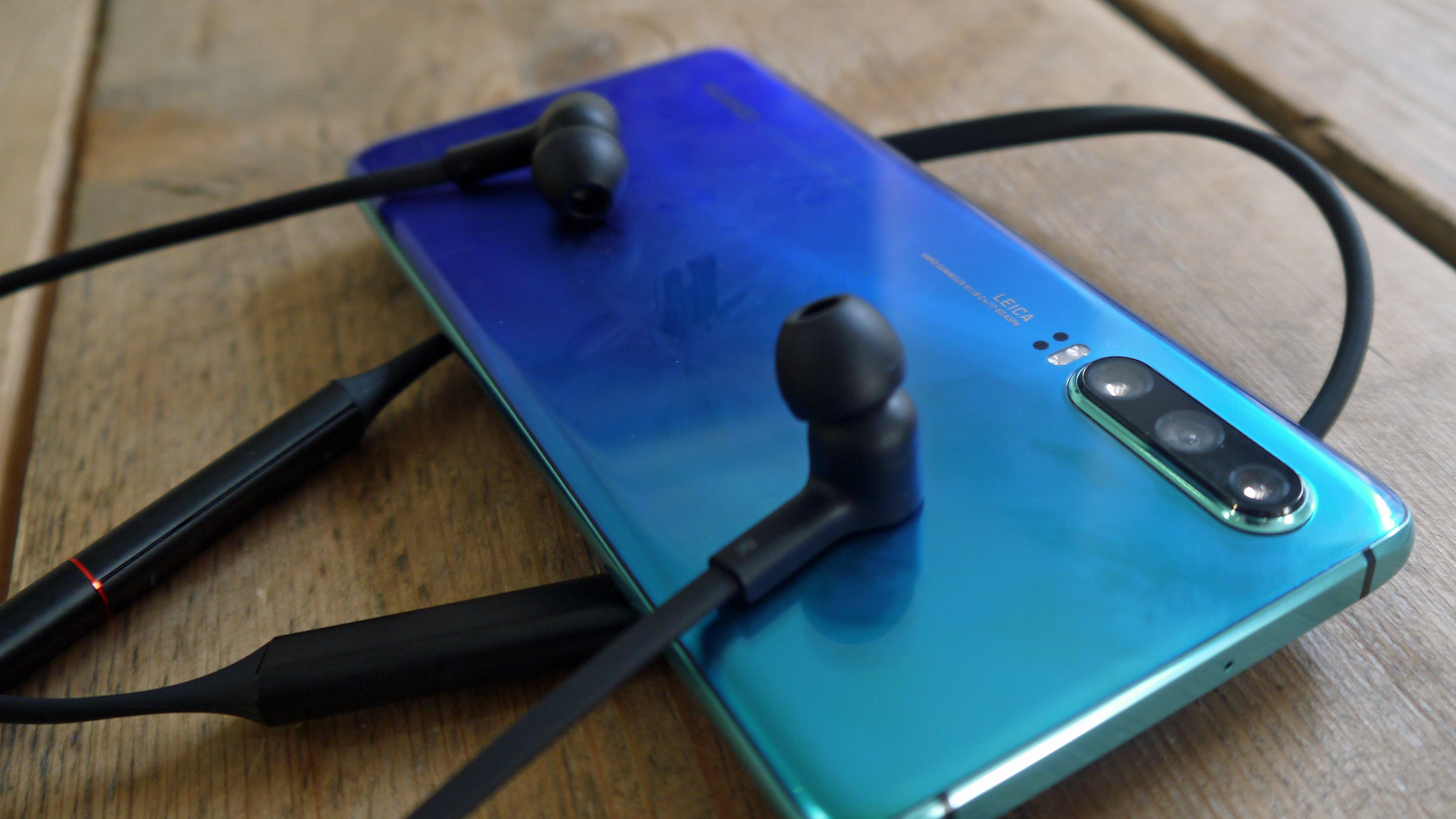
The Huawei FreeLace will be available from €99 (roughly $110, £85, AU$115), which is cheaper than the Apple AirPods at $159 / £159 / AU$249 and the Samsung Galaxy Buds at $149 / £139 / AU$249.
The earphones will be available from April 11, slightly after the April 5 release date of the Huawei P30 and P30 Pro. You can buy them in four colors – black, silver, green and amber, with all but the green matching a color you can get the phones in.
Design
The Huawei FreeLace aren’t ‘true’ wireless earphones, in that they’re attached to each other by a band.
This band is made of ‘Memory Metal’, or a mix of titanium and nickel, which settles to the shape of your neck, and with the battery pack to the left and volume and control panel to the right, the earphones are perfectly balanced to stay in place.
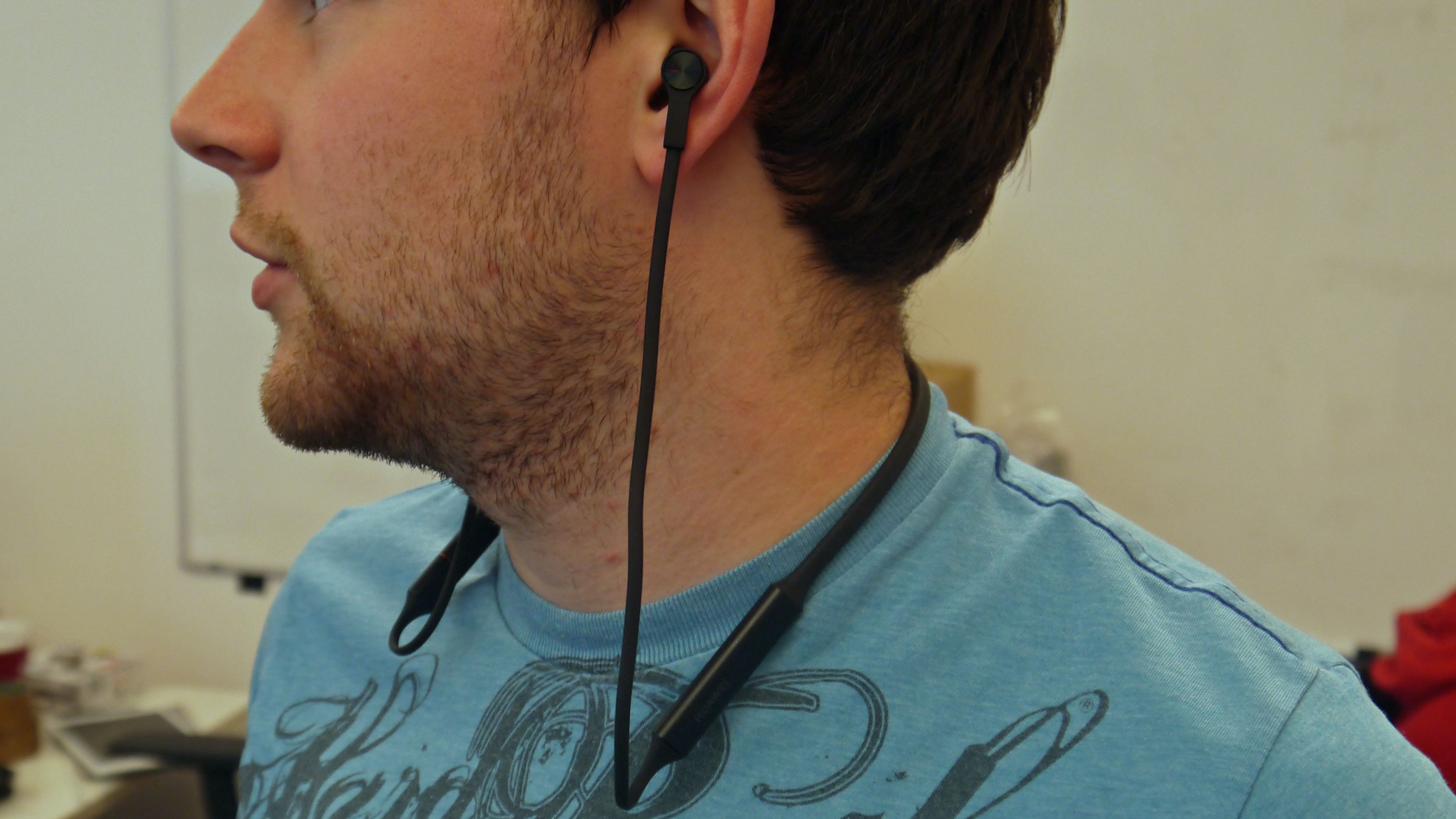
Thanks to this balancing trick, the FreeLace earphones are comfortable to wear and it’s easy to forget you’re wearing them – unless you exercise, as the band can rub a little when you’re sweaty. They’re IPX5 sweat resistant, so you’re not at risk of damaging them, but it can still become irritating.
The control panel has a function button, which you can use to skip tracks and play or pause music, as well as volume up and down buttons. We found these controls were quite far back on the earphones, making them a little inconvenient to use, but after a while we got used to the placement.
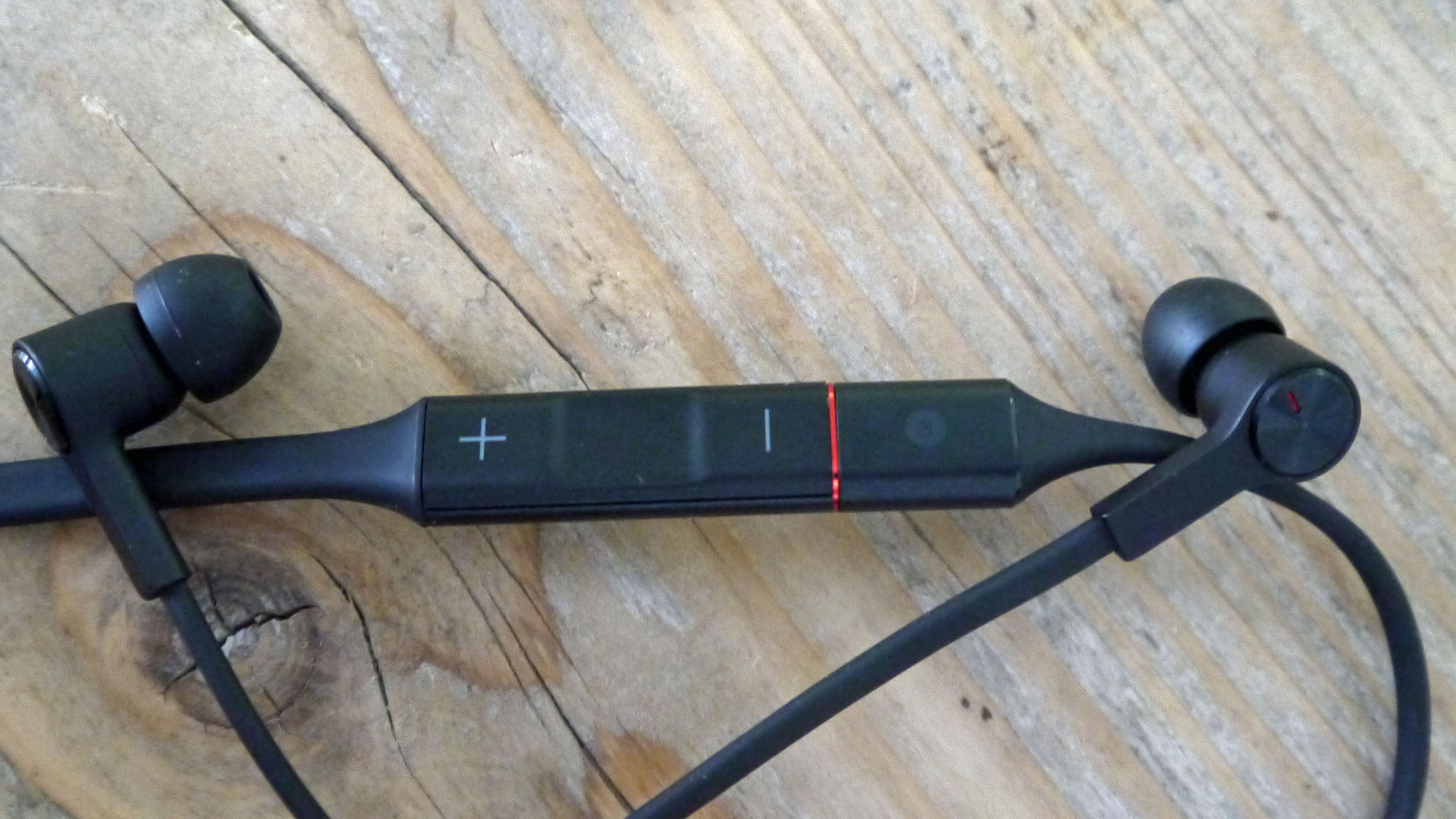
Features and performance
You can pair the Huawei FreeLace to a Huawei P30 or P30 Pro easily just by plugging them in via a hidden USB-C connector within the control panel, which sets up the earphones automatically – if pairing with a different device you’re going to have to set up the Bluetooth yourself, but we found the Bluetooth connection reliable so this won’t be a problem.
One of the main features of the FreeLace is the magnets in the buds – when you have the FreeLace around your neck but aren’t using them you can use these magnets to attach the buds together, and this will automatically pause any song.
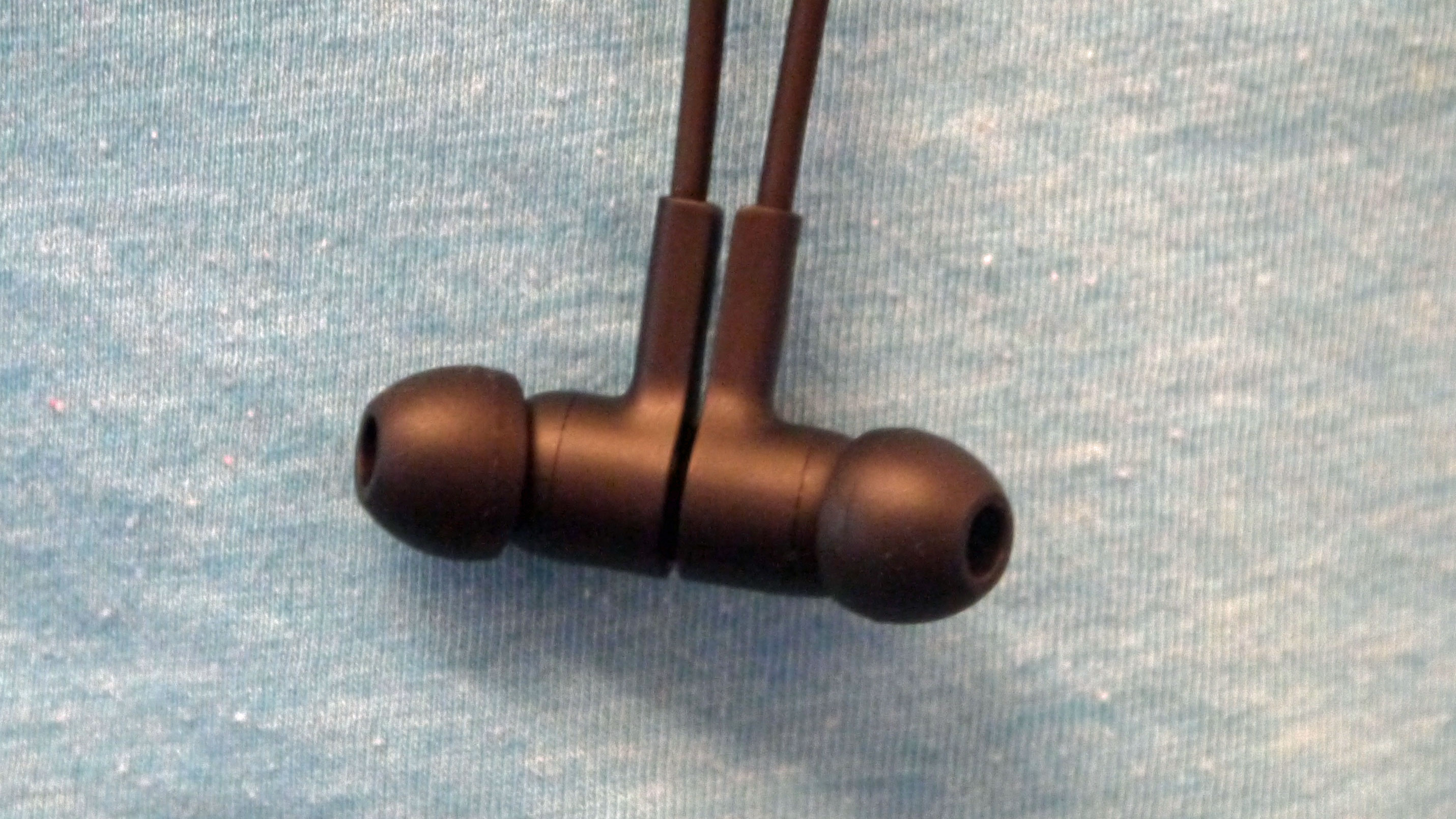
The magnets can also be used for calls – pulling them apart answers the call, and putting them back together ends it. We found this useful for terminating calls and music, but songs wouldn’t start again when we detached the buds, a problem that will hopefully be fixed before release.
Another issue we had with the FreeLace was with the function button – a single press is meant to pause or play a song, a double press should skip a song and a triple press returns to the previous song, while a long press summons Google Assistant. In general these worked well, but presses didn’t always pick up, and when we wanted to skip several songs the control panel inevitably missed a press, resulting in the song being paused.
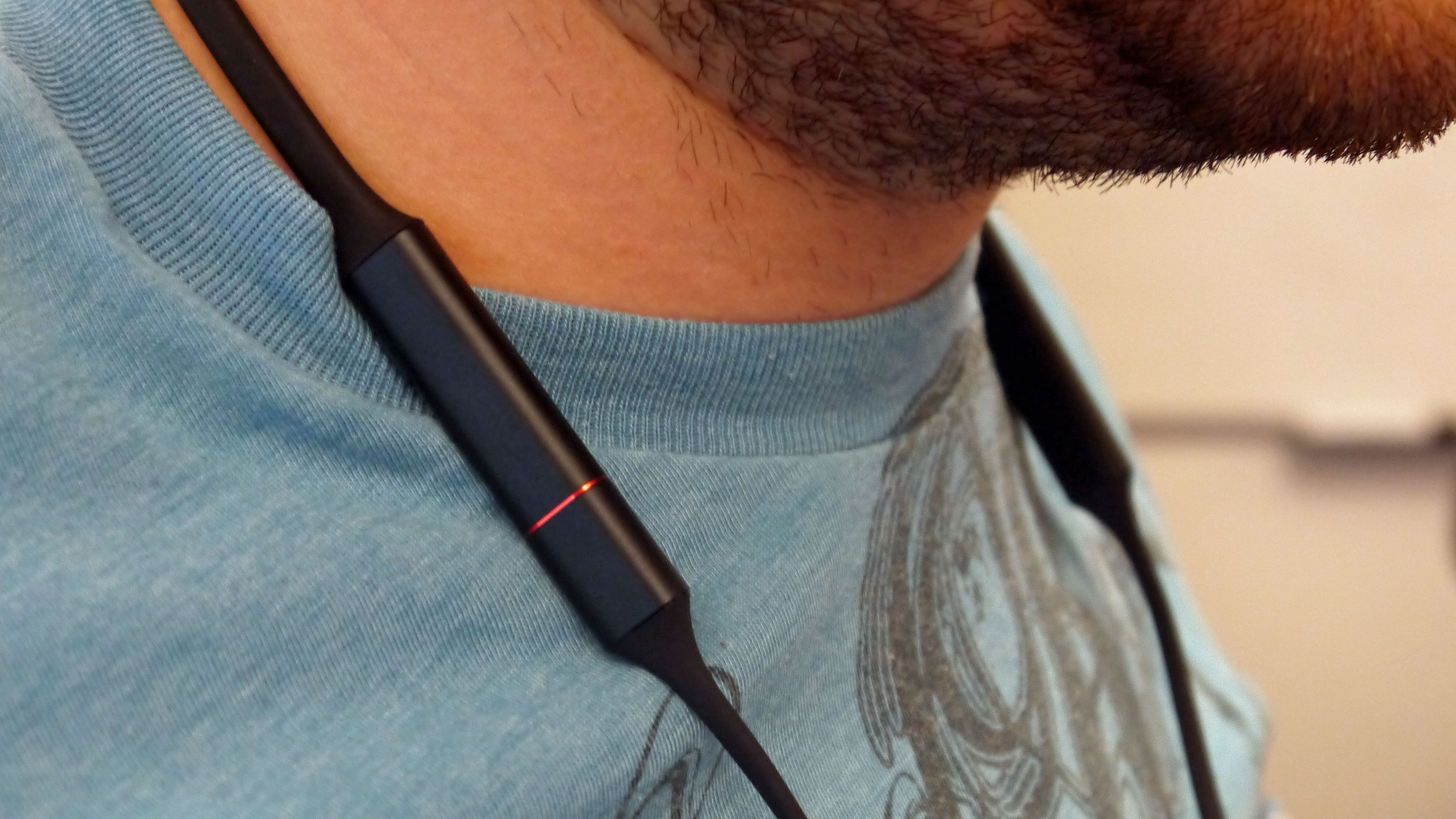
The battery life of the earphones is pretty substantial – according to Huawei they’ll last 18 hours of playback before needing a charge, which is way more than the likes of the AirPods and Galaxy Buds offer.
You can also power up quickly if you plug them in to a Huawei phone. While we never had problems with the battery life of the FreeLace, there’s no indication of the remaining charge, so you can’t tell how much life they have left.
Listening to music through the Huawei FreeLace resulted in some of the best sound quality we’ve heard from a wireless earphone – treble was clear and crisp, and the bass was cutting and vibrant. In this regard, the FreeLace is serious competition to the likes of the AirPods or Galaxy Buds.
Early verdict
We were seriously impressed by the sound quality of the Huawei FreeLace, and they stand out above the competition just for how good they sound.
They did feel a little awkward to use to begin with, due to the fact that it takes a little while to get used to the placement of the control panel and how to press the buttons so our touch was picked up reliably.
However, we quickly got used to the feel and use of the earphones, and between the music quality and relatively low price, we were left impressed in our time with the FreeLace – we tested them with the Huawei P30 however, so this might be different for other devices.
- Check out what we thought of the Apple AirPods | Samsung Galaxy Pods

Tom Bedford joined TechRadar in early 2019 as a staff writer, and left the team as deputy phones editor in late 2022 to work for entertainment site (and TR sister-site) What To Watch. He continues to contribute on a freelance basis for several sections including phones, audio and fitness.
What is a hands on review?
Hands on reviews' are a journalist's first impressions of a piece of kit based on spending some time with it. It may be just a few moments, or a few hours. The important thing is we have been able to play with it ourselves and can give you some sense of what it's like to use, even if it's only an embryonic view. For more information, see TechRadar's Reviews Guarantee.
